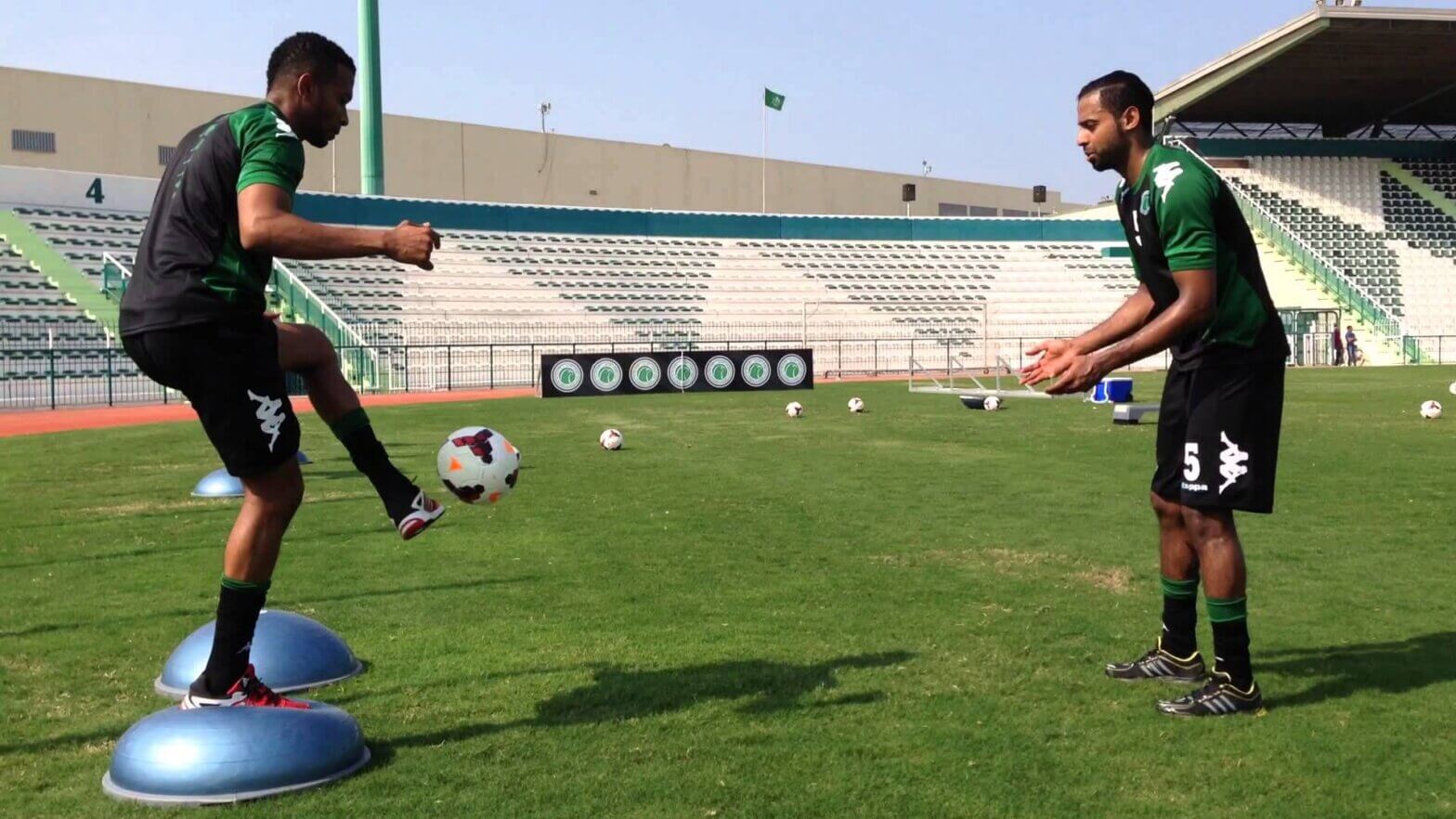Have you experienced hip pain when walking or going up stairs? Are you worried that your hip feels unstable? This article will go over 3 common hip conditions and the differences between them.
Hip Labral Tear
The hip labrum acts like a cushion for the hip joint. It is like a rubber seal to help hold the ball (femoral head) securely within the hip socket (acetabulum).
Mechanism of Injury:
- This injury typically happens to athletes who participate in contact sports such as football, soccer, ice hockey, etc. Labral tears can occur from structural problems of the hip.
Symptoms of Labral Tear:
- Hip pain and stiffness
- Clicking and popping sounds in the hip when rotating hip
- Pain in the groin or buttock area
- Hip instability
Hip Osteoarthritis
The cartilage on the joint surface in the hip joint gradually degenerates and wears away. The protective joint space between the bones decreases which results in bone rubbing on bone. Hip osteoarthritis develops slowly and pain worsens over time.
Mechanism of Injury:
- Increased age
- Family history of osteoarthritis
- Obesity
- Prior Trauma/Surgery
- Wear and tear from overuse
Symptoms:
- Hip pain that worsens with prolonged positioning (sitting, sleeping)
- Pain that is worse in the morning and improves with movement
- Hip stiffness
- Difficulty walking
- Pain that is worse in colder weather
Femoracetabular Impingement
Excess contact between the acetabulum (hip socket) and proximal femur (top of the hip bone) because of bone overgrowth (“bone spurs”). The extra bone causes abnormal contact between hip bones which prevents them from moving smoothly during activity.
Mechanism of Injury
- Repetitive stress with certain activities can place increased stress on bones. The bone can respond by creating more bone in those areas (bone spurs/growth). The extra bone can result in increased contact between joint surfaces.
2 types of Impingement
- Pincer Type Impingement: This type of impingement occurs because extra bone extends out over the normal rim of the acetabulum. The labrum can be crushed under the prominent rim of the acetabulum.
- Cam Type Impingement: The femoral head is not round and cannot rotate smoothly inside the acetabulum. A bump forms on the edge of the femoral head that grinds the cartilage inside the acetabulum.
If you have been experiencing hip pain that has been limiting you from doing the activities you love, physical therapy can help! Call Respire Physical Therapy today at 703-671-1871 or click here to schedule an evaluation with one of our Physical Therapists today and get back to a pain free life.
Tags: ptworks, physical therapist, annandaleva, 3 common hip injuries, PhysicalTherapy, hip arthritis, hip pain, choosept, arlingtonva, alexandriava, springfieldva, Hip Pain Relief, fallschurchva, Respire Physical Therapy



